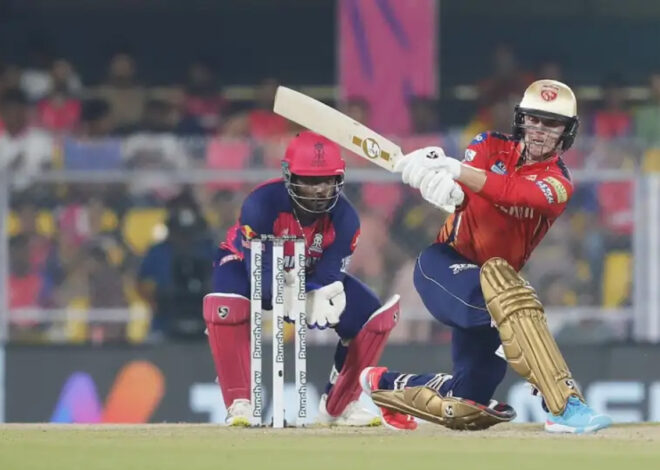
Iran Helicopter Crash: Supreme Leader Khamenei Names Mokhber Interim President
Iran Helicopter Crash: Supreme Leader Khamenei Names Mokhber Interim President
On a somber day in Iran, a devastating helicopter crash shook the nation, leading to significant political and social reverberations. The tragedy, which resulted in the loss of prominent figures, prompted Supreme Leader Ayatollah Ali Khamenei to appoint Mohammad Mokhber as the interim president. This incident has not only affected Iran but also resonated internationally, with India announcing a one-day state mourning on May 21 to honor the victims. This article delves into the details of the crash, its implications for Iranian leadership, and the global response.
Details of the Helicopter Crash
The helicopter crash occurred in the rugged terrains of northern Iran, around mid-morning, leading to a swift and intense rescue operation. The crash site, characterized by difficult access and treacherous weather conditions, posed significant challenges for emergency responders. Tragically, several high-ranking officials were on board, resulting in multiple fatalities and injuries. The immediate aftermath saw a coordinated effort from Iran’s military and emergency services to recover bodies and assist the injured, underscoring the severity of the incident.

Impact on Iranian Leadership
The crash claimed the lives of key political figures, causing a palpable void in Iran’s leadership. Among the deceased were influential advisors and cabinet members, whose loss has sent shockwaves through the political landscape. This tragedy has not only affected the operational functionality of the government but also intensified the existing political tensions within the country.
Khamenei’s Decision to Appoint Mokhber
In the wake of this crisis, Ayatollah Khamenei’s swift decision to appoint Mohammad Mokhber as interim president highlights the urgency of stabilizing the government. Mokhber, known for his extensive experience in economic management and leadership roles within Iran’s administrative structure, is seen as a stabilizing force. His previous positions, including head of the Execution of Imam Khomeini’s Order (EIKO), showcase his capability to navigate through crises and manage state affairs efficiently.
Implications of the Interim Presidency
Mokhber’s appointment could signal a shift in Iran’s domestic and foreign policies, albeit temporarily. Analysts suggest that Mokhber might focus on economic stabilization and continuity of existing policies. Reactions from Iranian politicians have been mixed, with some viewing Mokhber as a capable leader while others express skepticism about his ability to lead during such tumultuous times. The general populace, meanwhile, remains cautiously optimistic, hoping for stability and effective governance.

India’s Response to the Incident
In a gesture of solidarity, India has announced a one-day state mourning on May 21. This move reflects the deep-rooted historical and cultural ties between India and Iran. Over the years, both nations have shared a complex yet cooperative relationship, encompassing trade, culture, and geopolitics. India’s decision to mourn the loss publicly underscores the significance of this relationship and the shared grief over the tragedy.
Global Reactions to the Crash
The international community has responded with condolences and offers of support. Leaders from various countries have expressed their sympathy, highlighting the global impact of the incident. International media coverage has been extensive, focusing on the implications for regional stability and the future of Iran’s political landscape.
Safety Concerns and Investigations
The crash has raised serious safety concerns regarding Iran’s aviation sector. Investigations are underway to determine the cause of the accident, with preliminary reports suggesting mechanical failure or adverse weather conditions. This incident adds to a series of aviation mishaps in Iran, prompting calls for comprehensive reviews and improvements in aviation safety protocols to prevent future tragedies.
Public Sentiment in Iran
The Iranian public has reacted with a mix of grief and frustration. Social media platforms have been flooded with expressions of sorrow, tributes to the victims, and criticism of the government’s handling of aviation safety. This public outcry highlights the broader dissatisfaction with systemic issues and the demand for accountability and reform.
Political Implications for the Region
Regionally, the helicopter crash and its aftermath could influence Iran’s relations with its neighbors. The incident may affect diplomatic interactions, particularly with countries that have strained relations with Iran. Moreover, the appointment of an interim president could lead to temporary shifts in regional alliances and geopolitical strategies.
Economic Impact
The immediate economic impact includes potential disruptions in government operations and market instability. Long-term effects might be observed in sectors dependent on stable governance and international relations. However, Mokhber’s economic expertise could mitigate some of these adverse effects, depending on his policy decisions during his interim tenure.
Role of Media in Covering the Incident
Media coverage has played a crucial role in shaping public perception of the crash. Iranian state media has focused on the heroism of the rescue efforts and the leadership transition, while international media has provided a broader analysis of the incident’s implications. This dichotomy in reporting underscores the varying narratives and their influence on public opinion.
Read This Also: Iran Helicopter Crash: Iran in Shock as President and Foreign Minister Killed in Helicopter Crash
Comparative Analysis with Past Crashes
Comparing this incident with past aviation accidents in Iran reveals a pattern of systemic issues. Previous crashes, often attributed to aging equipment and inadequate maintenance, have resulted in calls for overhauling the aviation sector. Lessons from these incidents highlight the need for sustained reforms to ensure passenger safety and operational reliability.
Future Prospects for Iranian Leadership
The interim presidency of Mokhber opens the door to speculation about future leadership in Iran. Potential candidates for permanent presidency will likely emerge, with varying visions for the country’s direction. This period of transition could either stabilize or further complicate Iran’s political landscape, depending on how effectively Mokhber manages the current crisis.
Conclusion
The helicopter crash in Iran is a tragic event with far-reaching consequences. Khamenei’s appointment of Mokhber as interim president is a critical step towards stabilizing the nation. As Iran mourns, the global community watches closely, recognizing the broader implications for regional and international politics. The coming months will be crucial in determining how Iran navigates through this challenging period.




